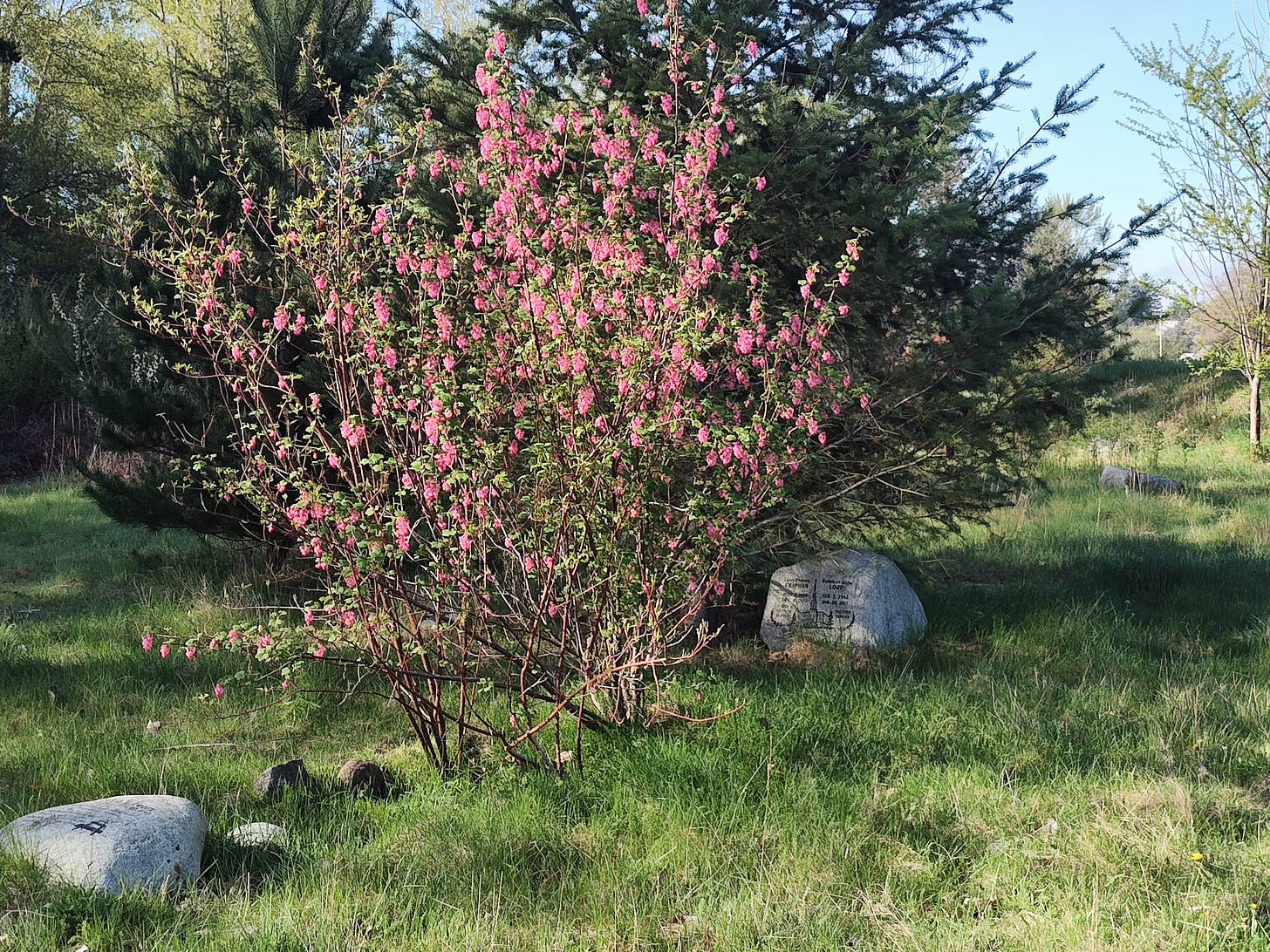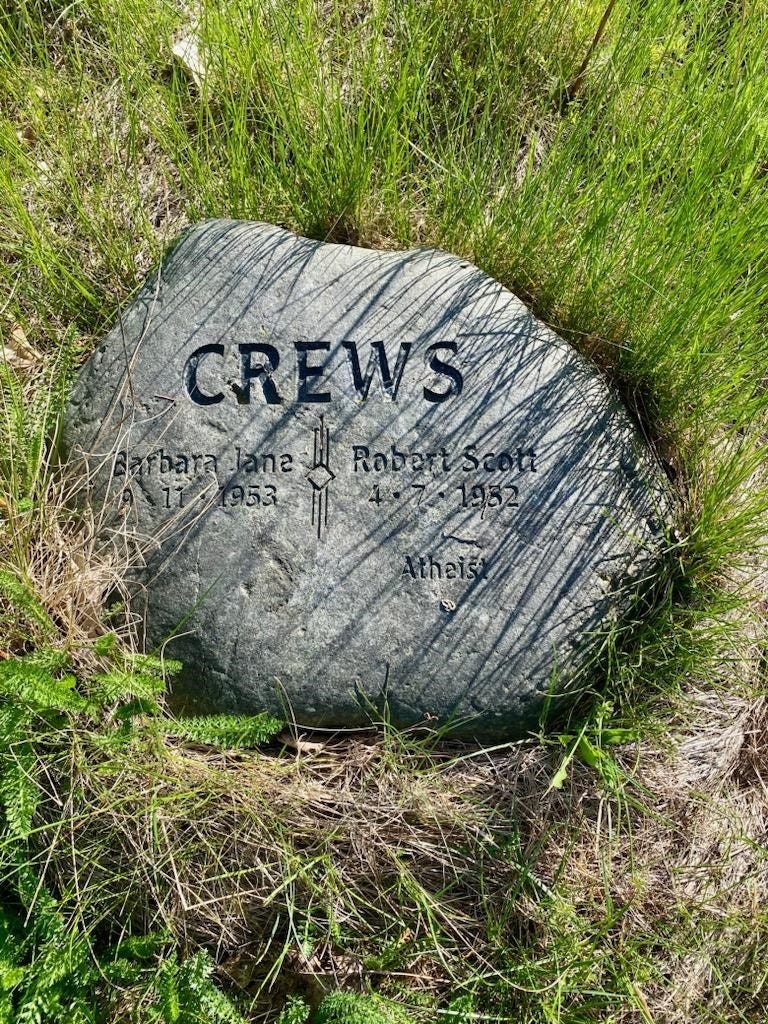'The Sweet and the Bitter':
Death and Dying in J. R. R. Tolkien's _The Lord of the Rings_ by Amy Amendt-Raduege
While I highly recommend Amy’s 2018 book, “The Sweet and the Bitter”: Death and Dying in J. R. R. Tolkien’s The Lord of the Rings, this post is not a review so much as a personal response involving some of the ways this book is important to me.1
First, a disclaimer: I was asked to review the manuscript of the book by the publisher and highly recommended it at the time. I cannot remember if the press did double-blind review or not (some presses do; some do not; when they do not, I always give the press permission to share my name with the author when I send in the review). I have also known Amy for some years (first, when we both attending the International Congress on Medieval Studies and now that I retired to Bellingham where she lives, and we can get coffee with friends). There’s no way to know how much of my feeling about the book is affected by knowing her, but I know from past experience I am quite capable of falling in love with a piece of writing (in any genre) based on the “voice” of the writing alone!
What makes Amy’s work so important to me is that she not only constructs a strong textual analysis about how different modes of death and dying are constructed in LotR but frames those chapters with opening and closing ones that describe how readers have found the novel so applicable to them that it becomes a lifelong companion: she opens with stories of soldiers fighting in Afghanistan who carried the novel into war with them, and concludes with a discussion of the importance of Tolkien’s theme which contrasts with how contemporary popular culture tends to “encourage us to [overlook] the existence of death” (109).
She weaves an analysis of how medieval ideas of death (expressed in surviving medieval texts that Tolkien knew so well) underlie our assumptions about dying. I think that more work generally needs to be done on the applicability of Tolkien’s legendarium to readers (a broad category which can include individual reader responses, quantitative reception studies, and blending textual analysis with examples from individual readers). I found her argument that “literature occupies a unique place in our [contemporary] understanding of death” (8).
My father and mother died in 2018 which made Tolkien, and Amy’s book, even more significant to me. When I first read LotR, I was ten so the theme of death and dying was not what I identified as most important; it is one of the books (and Tolkien is one of the authors) that I have read fairly regularly throughout my life, with different themes become more apparent at different times.
Since 2020, with the global deaths and the trauma of the pandemic, Tolkien’s work has become even more important to me, as has Amy’s book, both as ars moriendi (which, as Amy explains, are medieval “guidebooks for dying a proper death,” that were published starting “around the middle of the fifteenth century and [remaining] international bestsellers until the beginning of the eighteenth” (8).2
Over the past few years, I have been working to start the process of what I consider to be dying a proper death. This process so far involves making my will, and making sure that accompanying documents (a living will and accompanying documents) are in order. What was legal changed when we moved from Texas to Washington. It also involved selecting an estate management company as the choice for executor if my partner is unable to act. I did not even know estate management companies existed until our lawyer in Bellingham told me about them.
And, most recently, we bought and arranged for our burials (neither of us is interested in a traditional funeral or burial). This part of the process was a surprisingly happy experience. I had been researching “green” burials for some time (there are a surprisingly large number of options these days, but my choice was natural burial at The Meadow at Greenacres (a Memorial Park run by Moles).3 The Meadow is the only (so far) certified natural burial site in Washington state. The process involves: “sustainable burial methods, 100% biodegradable materials, and earth-friendly excavation and technology.” If you’re interested in more specifics, the above leads to the webpage.
Here is a picture of some graves at The Meadow that I took earlier this spring: we have begun making a Sunday morning walk a regular part of our dog-walking schedule. We asked, and they explained that people walking dogs were welcome as long as the dogs were leashed, and cleaned up after which we always do! In fact, it’s clear that Moles welcomes community visits, and it’s an absolutely beautiful setting.
One of the options in The Meadow, instead of the traditional headstone, is an engraved river rock (you can see two of them above). I found the one below on another visit and had to take a picture of it, because! Atheist! Me too!
There’s still a few pieces of the process to finish: I need to write an obituary, and provide instructions for my chosen plantings and my river rock (these will probably be updated every few years, along with some of the legal documents, if necessary). But at the moment, what I plan to turn in is:
The three native plants I want on my grave:
Besides my name, DOB, DOD, I am currently inclining toward “Feminist Killjoy” (right under the name and dates).
Then I chose this image (they have a *huge* book of options — over 70 involving mountains alone), for engraving which will be followed by my adapted quote from LotR:
A far green country opens under sunrise as birds sing in dryad loveliness.
Here are two reviews if you are looking for more details and scholarly evaluation: Fafnir Review and SFRA Review.
I do have *thoughts* about some of the theories of the actual ars moriendi as well as how those were translated or adapted into Tolkien’s fiction that I may write about at some point, but that’s for another post, another mode, and another day! For instance, I’m not sure the original books acknowledged the possibility of a person not believing in a god! So as a good “author is dead” believer, I have no problem choosing the elements from Tolkien’s legendarium (and the work of other writers) that is most relevant for me. I mean, it’s my burial!
The name of the family who owns and runs the funeral homes, crematoriums, and Greenacres was actually a plus: we learned about them when taking a local history tour of the Bellingham Cemetery, and started researching a bit of the history of the family business.






